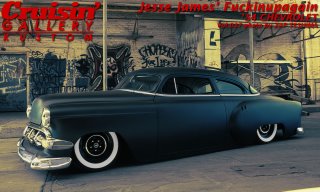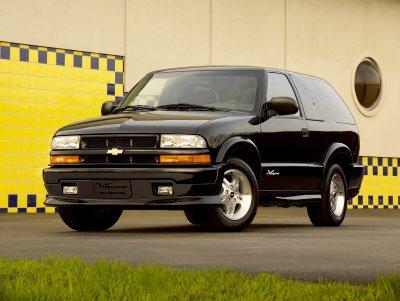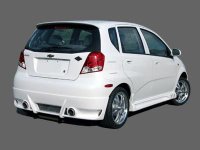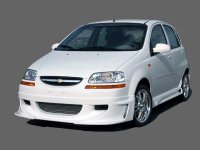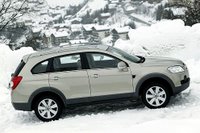
Based on a number of seemingly unrelated events in the past few months
I would like to launch the idea of a rebirth of the Chevrolet brand in
Indonesia under the name of the Chevrolet Captiva.
In the past few years, the condition of the planet have finally made
people re-evaluate their contribution to pollution and global warming.
After clearly visible effects to our environment, most visibly in
natural disasters such as the tsunami in Aceh, heavy rain and floods in
Europe and tornados in the US, just to mention a few. Even up to this
moment the intensity of nature's wrath does not show any sign of calming
down.
Due to the world-wide increase in fuelprices the Indonesian Government
finally decided, after long debate to raise the price at the pumps by
over 100%. This in order to reduce the heavy cost of gasoline subsidies
to the national budget. As a result of these fuelprice hikes in October
2005, national automotive sales received a heavy hit, with the no.1
automaker in the country, Toyota losing up to 40% in volume.

A few days ago, the Audi R10 demonstrated at Sebring that diesel-powered engines are an alternative to be considered and in no way inferior to gasoline-powered vehicles by winning the 12-hour endurance race at Sebring in preparation of the 24hours of Lemans.
In short, I would like to conclude that in looking for efficient,
environmentally friendly power, diesel is an alternative that deserves
serious consideration. Placing all this into the Indonesian context
results in an even stronger argument. Indonesia located on the equator
with its tropical climate and very fertile soil is begging to be made
into a powerhouse of biomass production. In the automotive context,
biodiesel presents itself as an efficient and a potentially very
lucrative option in answer to the above-mentioned issues. Tying this all
into the Chevrolet product line is the "Chevy Captiva" launched last
month at the Geneva auto show.
It has been heavily tested and researched locally that biodiesel is an
economically viable and very tempting alternative to diesel-fuel to
power personal vehicles. I would like to suggest the idea of
introducng the GM-developed Captiva in Indonesia as a base of
production for ASEAN and a launchingpad in presenting Chevrolet as a
global corporate citizen living up to its responsibility in promoting
environmental awareness in an economic attractive way. By presenting the
diesel-powered Captiva as the flag-bearer for the relaunch of the
Chevrolet brand as an economic quality name involved in the development
and sale of a fuel-efficient SUV operating on low-cost (biodiesel :
Rp.3.500/L compared to diesel : Rp.4.500/L) fuel, resulting in
far-reaching savings to the consumer while at the same time promoting
the development of a new industry, biodiesel.
Biodiesel during combustion results in lower polution levels. Added to
this the abundant availability of the basic ingredients to produce
it in Indonesia (examples : recycled frying oil, Crude Palm Oil
(CPO) or even "Biji Jarak" all of whch have their individual benefits to
the environment) with the direct, visible effect of lowering
transportation and maintenance costs to the consumer.
 In the US, Nissan Dealers Still Getting REDI
In the US, Nissan Dealers Still Getting REDI
